Below is an overview of 85 frequently used characters, punctuation symbols or signs that are included in most fonts. These include punctuation marks and other symbols used in typography. Technically these character shapes are called glyphs. Next to each glyph name the Unicode and HTML entity are listed, as well as the ASCII code and HTML entity if these are available. I also listed the Windows ALT keystroke or the Mac equivalent that can be used to insert the character in a text.
The typeface used for most examples is Arial Bold. Small lines indicate the baseline, x-height, and the ascender and descender heights.
| Currency | $ ¢ € £ ₽ ₹ ¥ ¤ |
| Letters | æ Æ œ Œ â ç è |
| Math | + – × ÷ = ≠ ≈ ≅ ¬ ± < ≤ ≥ > ≡ # % ‰ ‱ ∞ |
| Numbers | ½ ⅓ ¼ ⅔ ¾ ¹ ² ³ |
| Punctuation | . , : ; ! ¡ ? ¿ ‽ & ' " @ \ ¦ • { } ( ) [ ] ° ¨ ‹ › « » … ~ _ |
| Symbols | ✓ | ¦ † ‡ ° ¨ ♀ ♂ ◊ * µ Å Ω ¶ © ® ™ § |
| Emoji | Here 😀 |
AE ligatures – æ and Æ
Lowercase ae
Unicode: U+000E6
HTML entity: æ – HTML code: æ
PC keystroke: ALT+0230
Uppercase ae
Unicode: U+000C8
HTML entity: Æ – HTML code: Æ
PC keystroke: ALT+0198
Almost Equal To – ≈
Unicode: U+02248
HTML entity: ≈ – HTML code: ≈
Also called approximately equals, asymptotic to or the double tilde. The tilde (~), approximately equal to (≅) and asymptotically equal to (≃) are other signs used to indicate approximation, depending on the context.
Ampersand – &
Unicode: U+00026 – ASCII: 38
HTML entity: & – HTML code: &
Logogram derived from the letters et – Latin for ‘and’
PC keystroke: usually found in the top row
Angstrom – Å
Unicode: U+0212B
HTML code: Å
Letter from the Swedish alphabet that is used to indicate a unit of length equal to 0.1 nanometre (10−10 m)
Apostrophe – ‘
Unicode: U+00027 – ASCII: 39
HTML entity: ' – HTML code: '
Also called the closing single quotation mark
PC keystroke: ALT+39 or ALT+0027
Approximately equal to – ≅
Unicode: U+02245
HTML entity: ≅ – HTML code: ≅
Asterisk – *
Unicode: U+0002A – ASCII: 42
HTML entity: * – HTML code: *
PC keystroke: ALT+42
At Sign – @
Unicode: U+00040 – ASCII: 64
HTML entity: @ – HTML code: @
In Unicode this is called the commercial at glyph.
Backslash – \
Unicode: U+0005C – ASCII: 92
HTML entity: \ – HTML entity: \
The Unicode name is reverse solidus even though that glyph is less vertical.
Broken Vertical Bar – ¦
Unicode: U+000A6
HTML entity: ¦ – HTML code: ¦
PC keystroke: ALT+0166
Bullet – •
Unicode: U+02022
HTML entity: • – HTML code: •
PC keystroke: ALT+0149
Caret – ^
Unicode: U+0005E – ASCII: 94
HTML entity: ^ – HTML code: ^
Also called the hat, roof or house sign.
Used in mathematics to represent an exponent, such as a square or cube (e.g. 6^3). Also used as shorthand for Ctrl (e.g. Ctrl+C = ^C) or to indicate content is missing. Not to be confused with the circumflex accent which is used on top of characters (e.g. â)
Cedilla
Unicode: U+000B8
HTML entity: ç for a lowercase c with cedilla
Usually added underneath other glyphs, e.g. ç or Ȩ. Resembles a small ‘5’ in most typefaces.
Cent Sign – ¢
Unicode: U+000A2
HTML entity: ¢ – HTML code: ¢
Used in many currencies, sometimes with a vertical line or no line
PC keystroke: ALT+0162
Checkmark – ✓
Unicode: U+02713
HTML entity: ✓ – HTML code: ✓
There is also a bold or heavy checkmark ✔ (HTML code: ✔)
Colon – :
Unicode: U+0003A – ASCII: 58
HTML entity: : – HTML code: :
Punctuation mark that often precedes an explanation or a list
Comma – ,
Unicode: U+0002C – ASCII: 44
HTML entity: , – HTML code: ,
Punctuation mark that is among others used to separate parts of a sentence or list
Copyright Sign – ©
Unicode: U+000A9
HTML entity: © – HTML code: ©
Symbol used in copyright notices
PC keystroke: ALT+0169 – Mac keystroke: OPTION+g
Curly Brackets – { }
Left Curly Bracket
Unicode: U+0007B – ASCII: 123
HTML entity: { – HTML code: {
Also called the left brace
Right Curly Bracket
Unicode: U+0007D – ASCII: 125
HTML entity: } – HTML code: }
Also called the right brace
Currency Sign – ¤
Unicode: U+000A4
HTML entity: ¤ – HTML code: ¤
Shorthand for a currency’s name, especially in reference to amounts of money
PC keystroke: ALT+0164
Daggers – † and ‡
Dagger
Unicode: U+02020
HTML entity: † – HTML code: †
Typographical symbol to indicate a footnote (as an alternative to using asterisks)
PC keystroke: ALT+0134 – Mac keystroke: OPTION+T
Double dagger
Unicode: U+02021
HTML entity: ‡ – HTML code: ‡
PC keystroke: ALT+0135
Degree – °
Unicode: U+000B0
HTML entity: ° – HTML code: °
PC keystroke: ALT+0176 – Mac keystroke: SHIFT+OPTION+8
Diaeresis or Umlaut – ¨
Unicode: U+000A8
HTML entity: ¨
Diacritic (glyph added to other characters as an accent, e.g. ë or Ä) that is called a diaeresis in languages like French or Spanish while it is called an umlaut in German. More on the difference can be found here.
PC keystroke: ALT+0168
Division Sign – ÷
Unicode: U+000F7
HTML entity: ÷ – HTML code: ÷
Used to indicate mathematical division even though the ISO 80000-2 standard recommends using the solidus (/) for this.
PC keystroke: ALT+0247
Dollar Sign – $
Unicode: U+00024 – ASCII: 36
HTML entity: $ – HTML code: $
Also used for the Peso and other currencies
Ellipsis – …
Unicode: U+02026
HTML entity: … – HTML code: …
Also called the triple-dot or suspension point. More info at Wikipedia
PC keystroke: ALT+0133 – Mac keystroke: OPTION+;
EM Dash
Unicode: U+02014
HTML entity: — – HTML code: —
PC keystroke: ALT+0151 – Mac keystroke: SHIFT+ALT+hyphen
EN Dash – —
Unicode: U+02013
HTML entity: – – HTML code: –
Punctuation mark that is mostly used to show ranges in numbers and dates (e.g. the years 1914–1918)
PC keystroke: ALT+0150 – Mac keystroke: ALT+hyphen
Equals Sign – =
Unicode: U+0003D – ASCII: 61
HTML entity: = – HTML code: =
Mathematical symbol used to indicate equality. Also named the equality sign
Euro Sign – €
Unicode: U+020AC
HTML entity: € – HTML code: €
Used for the euro, the official currency of most European countries
PC keystroke: ALT+0128
Exclamation Mark – !
Unicode: U+00021 – ASCII: 33
HTML entity: ! – HTML code: !
Also called the exclamation point
Punctuation mark used to indicate strong feelings or high volume, or to show emphasis, often at the end of a sentence
Female Sign – ♀
Unicode: U+002640
HTML entity: ♀ – HTML code: ♀
PC keystroke: ALT+12
Fractions – ½ ⅓ ¼ ⅔ ¾
One half fraction – ½
Unicode: U+000BD – ASCII: –
HTML entity: ½ – HTML code: ½
PC keystroke: ALT+0189 or ALT+171
One quarter fraction – ¼
Unicode: U+000BC
HTML entity: ¼ – HTML code: ¼
PC keystroke: ALT+0188 or ALT+172
One third fraction – ⅓
Unicode: U+02153
HTML entity: ⅓ – HTML code: ⅓
Three quarters fraction – ¾
Unicode: U+000BE
HTML entity: ¾ – HTML code: ¾
Two thirds fraction – ⅔
Unicode: U+02154
HTML entity: ⅔ – HTML code: ⅔
PC keystroke: ALT+0190
Full Stop – .
Unicode: U+0002E – ASCII: 46
HTML entity: . – HTML code: .
Also called the period.
Grave Accent – `
Unicode: U+00060
Also called the backtick.
PC keystroke: ALT+96
Greater Than Sign – >
Unicode: U+0003E – ASCII: 62
HTML entity: > – HTML code: >
Hyphen – –
Unicode: U+02010
HTML entity: ‐ – HTML code: ‐
Punctuation mark used to join words, and to separate syllables of a single word.
Different from and slightly shorter than the dashes, like the en-dash (–), and the minus sign (-)
Identical To Sign – ≡
Unicode: U+02261
HTML entity: ≡ – HTML code: ≡
Also called the triple bar sign.
There is also a not identical to sign (≢ – HTML entity: ≢ – HTML code: ≨)
Infinity – ∞
Unicode: U+0221E
HTML entity: ∞ – HTML code: ∞
Interrobang – ‽
Unicode: U+0203D
HTML code: ‽
Also called the bang or interabang and represented by ?!, !?, ?!? or !?!
Punctuation mark used to expresses excitement or disbelief, or to ask a rhetorical question
Inverted Exclamation Mark – ¡
Unicode: U+000A1
HTML entity: ¡ – HTML code: ¡
Also called the upside down exclamation mark
PC keystroke: ALT+0161
Inverted Question Mark – ¿
Unicode: U+000BF
HTML entity: ¿ – HTML code: ¿
Also called the upside down question mark
PC keystroke: ALT+0191
Less Than Sign – <
Unicode: U+0003C – ASCII: 60
HTML entity: < – HTML code: <
Less Than Or Equal To Sign – ≤
Unicode: U+02264 – ASCII: –
HTML entity: ≤ – HTML code: ≤
Lozenge – ◊
Unicode: U+025CA
HTML entity: ◊ – HTML code: ◊
Also called the diamond, rhombus or thin rhombus
PC keystroke: ALT+4 for the black or filled lozenge
Male Sign – ♂
Unicode: U+02642 – ASCII: –
HTML entity: ♂ – HTML code: & #9794;
PC keystroke: ALT+11
Micro – µ
Unicode: U+000B5 – ASCII: –
HTML entity: µ – HTML code: µ
This is the Greek letter mu.
PC keystroke: ALT+0181 – Mac keystroke: ALT+M
Minus – –
Unicode: U+02212 – ASCII: 45
HTML entity: − – HTML code: −
Math symbol used for subtraction as well as the notion of negative
PC keystroke: ALT+45
More Than Or Equal To Sign – ≥
Unicode: U+02265 – ASCII: –
HTML entity: ≥ – HTML code: ≥
Multiplication Sign – ×
Unicode: U+000D7 – ASCII: –
HTML entity: × – HTML code: ×
Also called the times sign or the dimension sign and different from the lower case ‘x’.
PC keystroke: ALT+0215
Not Sign – ¬
Unicode: U+000AC
HTML entity: ¬ – HTML code: ¬
Also called the negation sign
PC keystroke: ALT+0172
Not Equal To Sign – ≠
Unicode: U+02260 – ASCII: –
HTML entity: ≠ – HTML code: ≠
Mac keystroke: OPTION+=
Sign used to indicate that two quantities, expressions or equations are not equal. This is not called the ‘slash equal’ sign.
Number Sign – #
Unicode: U+00023 – ASCII: 35
Also referred to as the pound, hash or octothorp sign
OE ligatures – œ and Œ
Lowercase oe
Unicode: U+00153
HTML entity: œ – HTML code: œ
PC keystroke: ALT+0156
Uppercase oe
Unicode: U+00152
HTML entity: Œ – HTML code: Œ
PC keystroke: ALT+0140
Ohm Sign – Ω
Unicode: U+02126
HTML code: Ω
Identical to the greek capital letter omega
Parenthesis – ( )
Left Parenthesis
Unicode: U+00028 – ASCII: 40
HTML entity: ( – HTML code: (
Punctuation mark used to enclose information
Also referred to as the left round bracket or left curved bracket or opening bracket (in the UK)
Right Parenthesis
Unicode: U+00029 – ASCII: 41
HTML entity: ) – HTML code: )
Punctuation mark used to enclose information
Also referred to as the right round bracket or right curved bracket or closing bracket (in the UK)
Percent Sign – %
Unicode: U+00025 – ASCII: 37
HTML entity: % – HTML code: %
Symbol used to indicate a percentage, a number or ratio as a fraction of 100.
Also called the percentage sign
Per Mille Sign – ‰
Unicode: U+02030
HTML entity: ‰ – HTML code: ‰
Symbol used to indicate parts per 1000.
Also called the per mil or per mille sign
PC keystroke: ALT+0137
Per Ten Thousand Sign – ‱
Unicode: U+02031
HTML entity: ‱ – HTML code: ‱
Symbol used to indicate parts per 10000.
PC keystroke: ALT+0137
Pilcrow Sign – ¶
Unicode: U+000B6
HTML entity: ¶ – HTML code: ¶
Also called the paragraph mark, paraph or alinea
PC keystroke: ALT+0182 – Mac keystroke: OPTION+7
Plus Sign – +
Unicode: U+0002B – ASCII: 43
HTML entity: + – HTML code: +
Math symbol used for addition as well as the notion of positive
Plus Minus Sign – ±
Unicode: U+000B1
HTML entity: ± – HTML code: ±
Mathematical symbol with multiple meanings, also referred to as give or take.
PC keystroke: ALT+0177
Pound Sign – £
Unicode: U+000A3 – ASCII: –
HTML entity: £ – HTML code: £
In the US, the ‘pound sign’ refers to the number sign (#). There’s also a double dash version: ₤
PC keystroke: ALT+0163 – Mac keystroke: OPTION+3
Question Mark – ?
Unicode: U+0003F – ASCII: 63
HTML entity: ? – HTML code: ?
Punctuation mark to indicate an interrogative clause or phrase
Quotation Marks – ” ‹ › « »
There are regular and angled quotation marks. These punctuation marks are used for quotations in a number of languages.
Unicode: U+00022 – ASCII: 34
HTML entity: " – HTML code: "
Also called the double quote. Typographers usually prefer separate left and right double quotation marks. These look like this: “ ”. Left and right single quotation marks also exist: ‘ ’. Then there are two so-called low-9 variants: ‚ „ and a double high-reversed-9 quotation mark: ‟.
Single angle quotation marks
Left pointing single angle quotation mark
Unicode: U+02039
HTML entity: ‹ – HTML code: ‹
Not to be confused with the ‘smaller than’ sign (<)
Right pointing single angle quotation mark
Unicode: U+0203A
HTML entity: › – HTML code: ›
Not to be confused with the ‘greater than’ sign (>)
Double angle quotation marks
Double angle quotation marks are also called guillemets or double chevrons
Left pointing double angle quotation mark
Unicode: U+000AB
HTML entity: « – HTML code: «
PC keystroke: ALT+0171
Right pointing double angle quotation mark
Unicode: U+000BB
HTML entity: » – HTML code: »
PC keystroke: ALT+0187
Registered Sign – ®
Unicode: U+000AE – ASCII: –
HTML entity: ® – HTML code: ®
Also called the Racol.
PC keystroke: ALT+0174 – Mac keystroke: OPTION+R
Ruble – ₽
Unicode: U+020BD
HTML code: ⁾
Used for the ruble or rouble, the currency of Russia
Rupee – ₹
Unicode: U+020B9
HTML code: ₹
Used for the rupee, the currency of India. There is a second sign for the rupee: ₨ (Unicode: U+20A8, HTML code: ₨). It is used by other countries that also use a rupee, such as Sri Lanka, Pakistan and Nepal
Section Sign – §
Unicode: U+000A7 – ASCII: –
HTML entity: § – HTML code: §
PC keystroke: ALT+0167
Semicolon – ;
Unicode: U+0003B – ASCII: 59
HTML entity: ; – HTML code: ;
Slash – /
Unicode: U+0002F – ASCII: 47
HTML entity: / – HTML code: /
Also called the forward slash or stroke (UK).
In Unicode it is called the solidus even though that glyph is less vertical.
Square Brackets – [ ]
Left Bracket
Unicode: U+0005B – ASCII: 91
HTML entity: [ – HTML code: [
Also called the left crotchet or opening bracket (in the USA)
Right Bracket
Unicode: U+0005D – ASCII: 93
HTML entity: ] – HTML code: ]
Also called the right crotchet or closing bracket (in the USA)
Superscript One – ¹
Unicode: U+000B9
HTML entity: ¹ – HTML code: ¹
PC keystroke: ALT+0185
Superscript Two – ²
Unicode: U+000B2
HTML entity: ² – HTML code: ²
PC keystroke: ALT+0178
Superscript Three – ³
Unicode: U+000B9
HTML entity: ³ – HTML code: ³
PC keystroke: ALT+0179
Tilde – ~
Unicode: U+0007E
HTML entity: ˜ – HTML code: ~
Also called the swung dash, squiggly or twiddle.
PC keystroke: ALT+0126
Used to indicate ‘approximately’ or ‘around’. It can also indicate ‘similar to’. In some languages, the tilde is placed over a letter to indicate a change in its pronunciation.
Trade Mark Sign – ™
Unicode: U+02122
HTML entity: ™ – HTML code: ™
Symbol to indicate that the preceding mark is an unregistered trademark. For registered trademarks ® is used.
PC keystroke: ALT+0153 – Mac keystroke: OPTION+2
Underscore – _
Unicode: U+0005F – ASCII: 95
HTML entity: _ – HTML code: _
Also known as the low line, low dash, or understrike glyph
PC keystroke: ALT+95
Vertical Line – |
Unicode: U+0007C – ASCII: 124
HTML entity: | – HTML code: |
Also called the pipe, piping symbol, Sheffer stroke, vertical slash, think colon or divider line.
Symbol that is commonly encountered in statements involving logic and sets
PC keystroke: ALT+124
Yen Sign – ¥
Unicode: U+000A5
HTML entity: ¥ – HTML code: ¥
Also used for the Chinese Yuan currency
PC keystroke: ALT+0165 – Mac keystroke: OPTION+Y
Other sources of information
I like the overviews of TopTal Designers, Penn State and Keynote Support
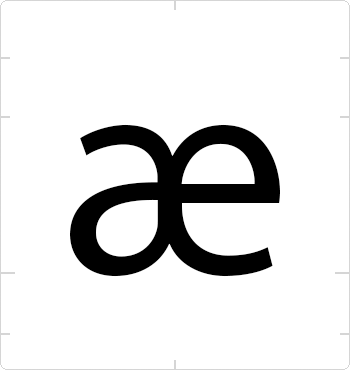
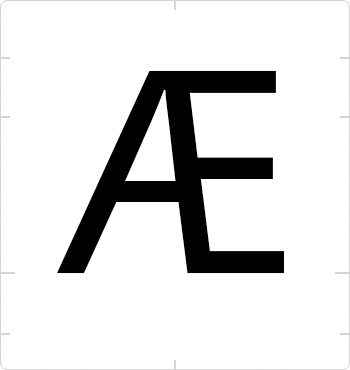
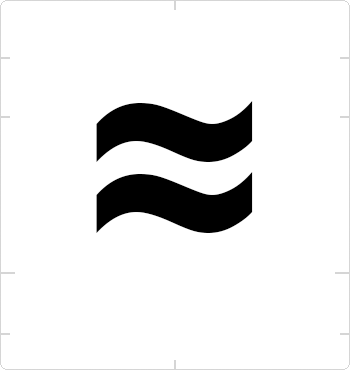
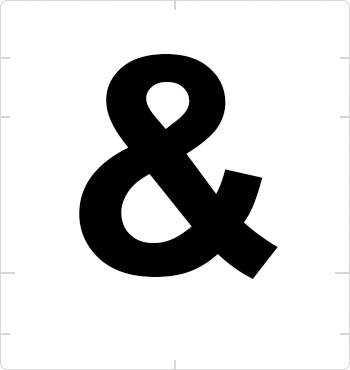
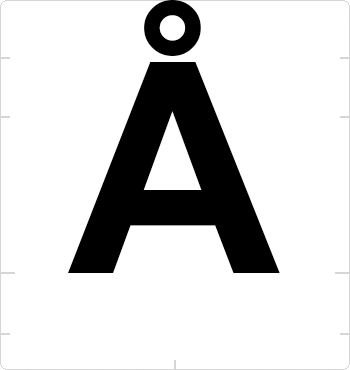
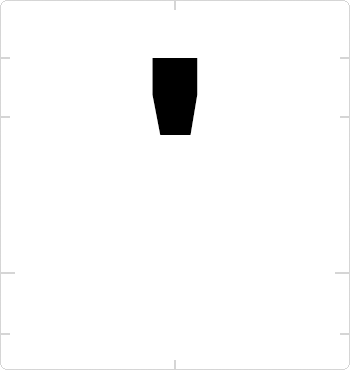

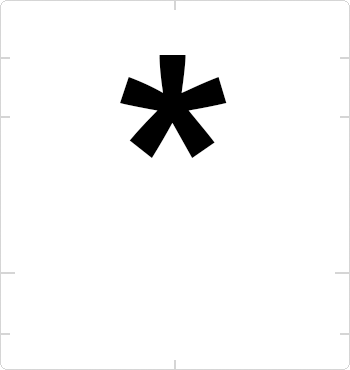
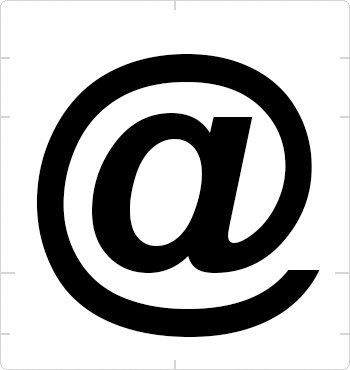
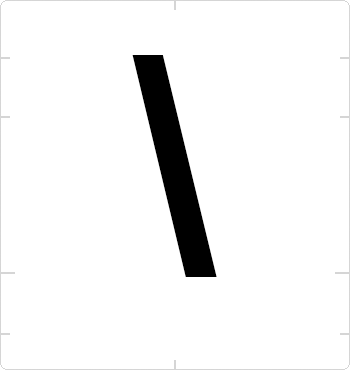

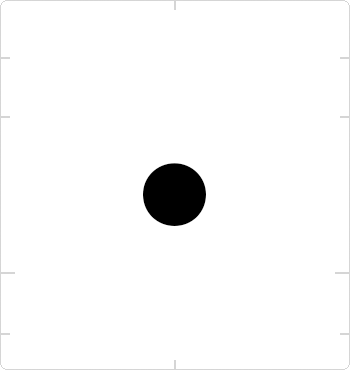
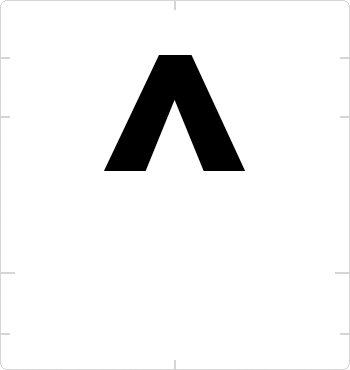
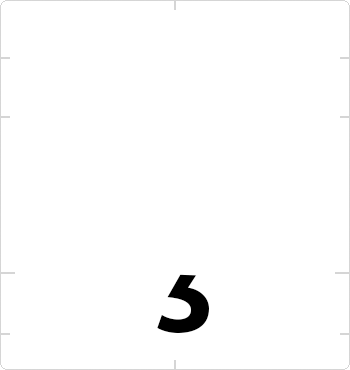

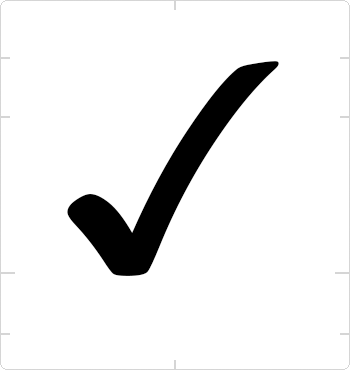
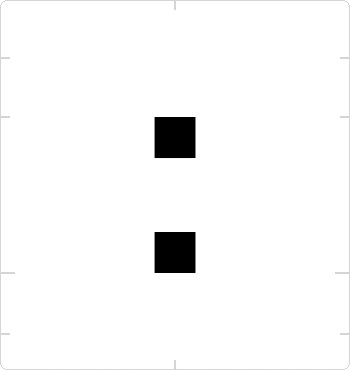

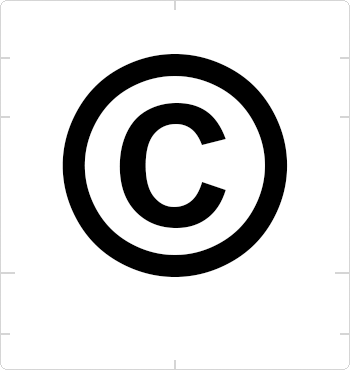


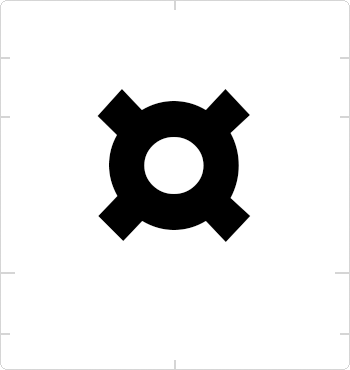

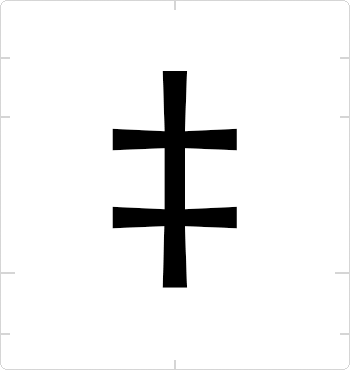
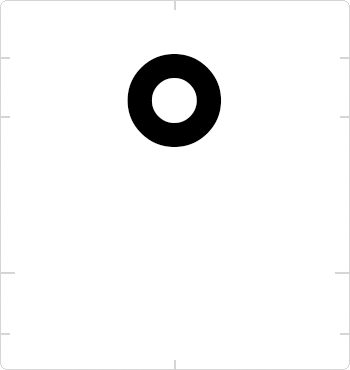


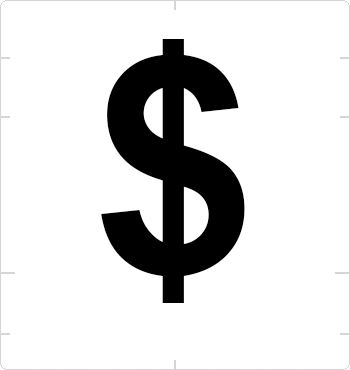


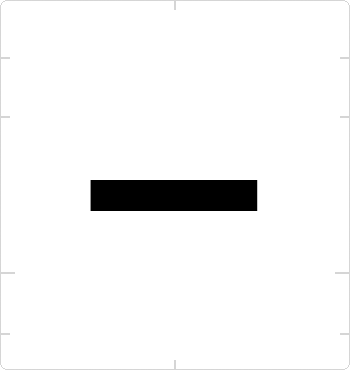


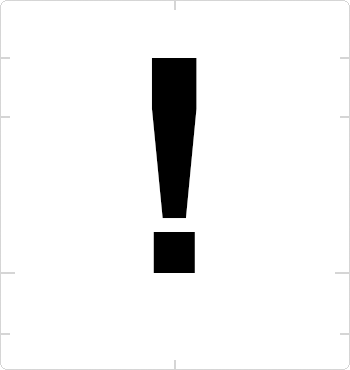
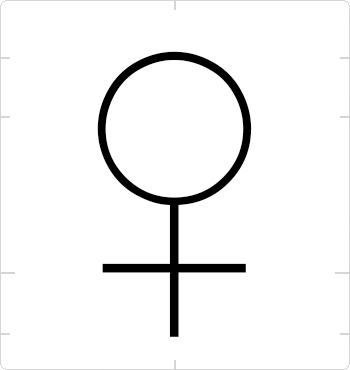
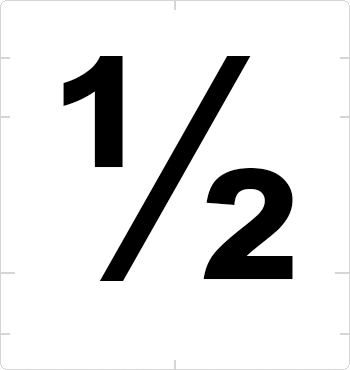
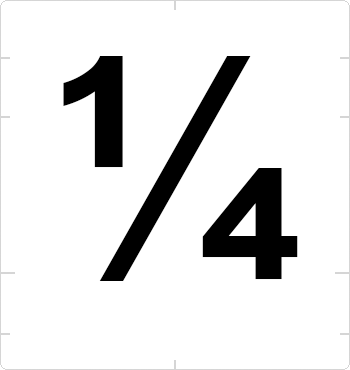
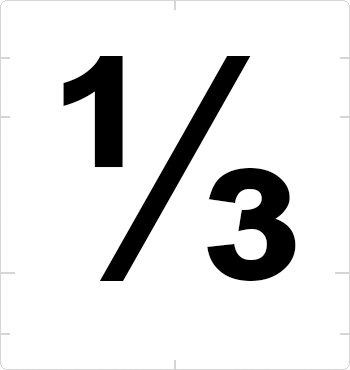
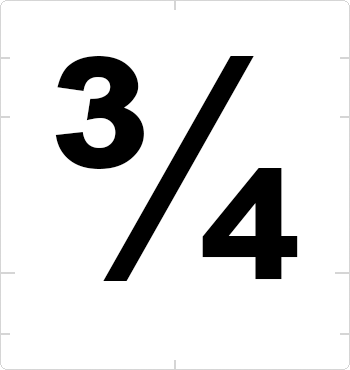
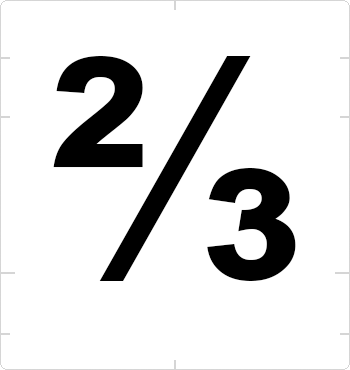
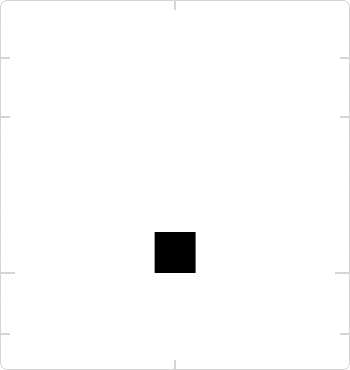


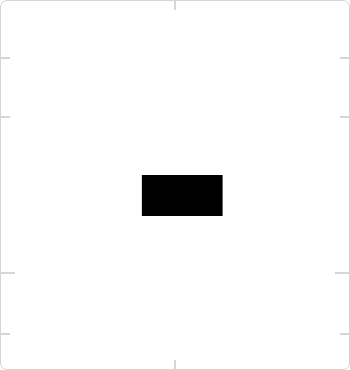
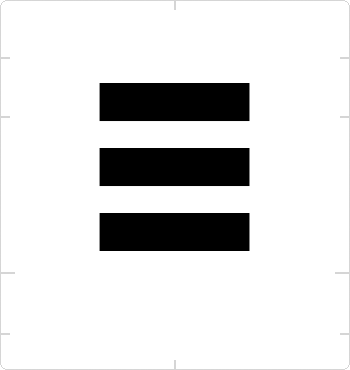
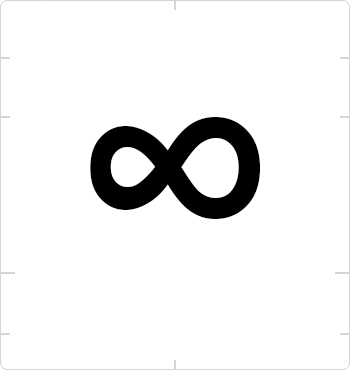
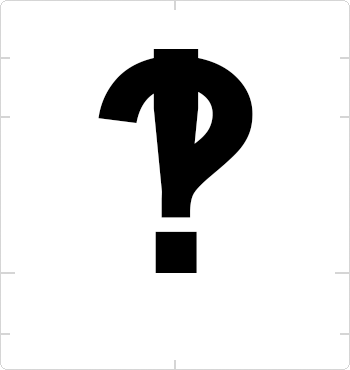

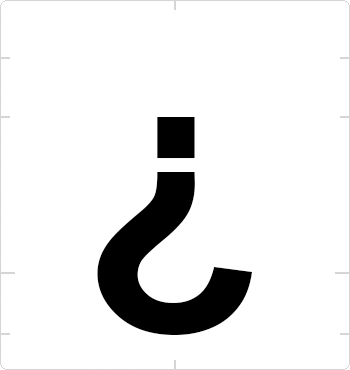
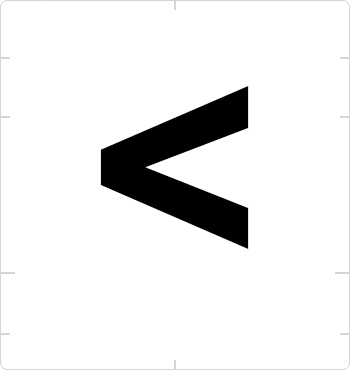
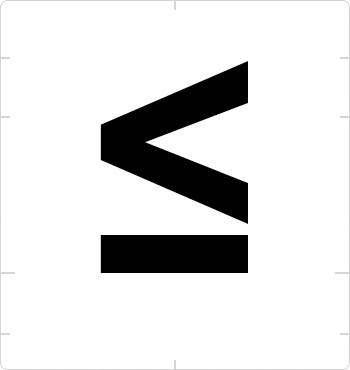


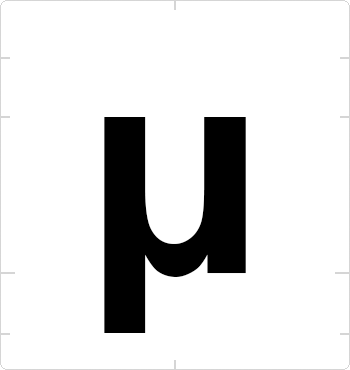
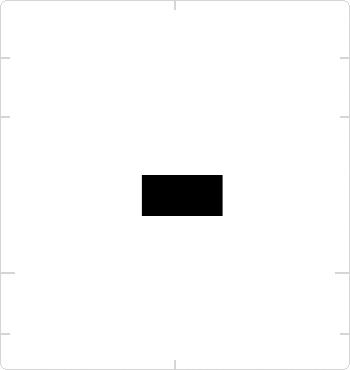
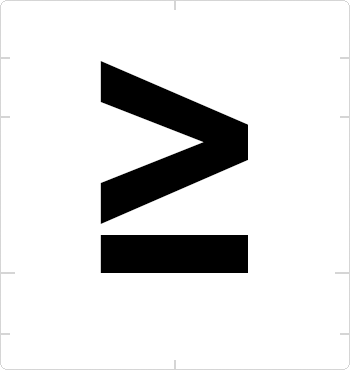
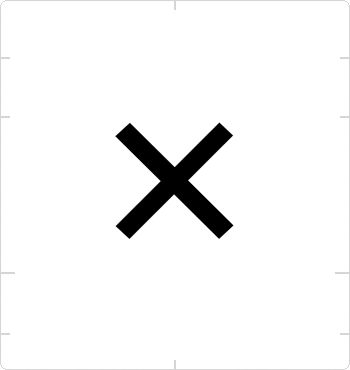

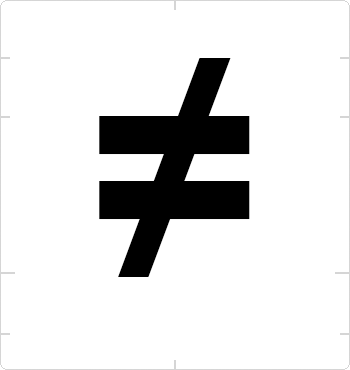

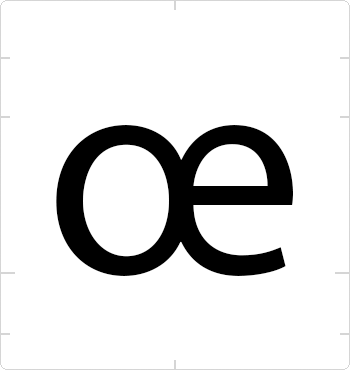
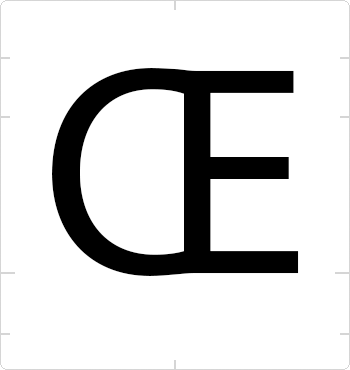


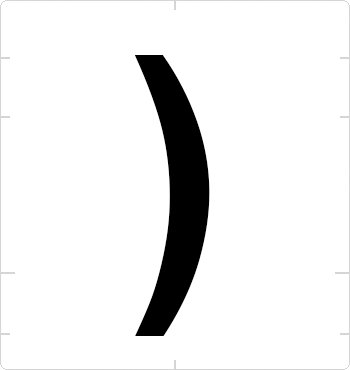


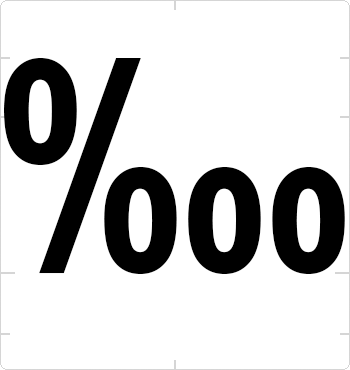

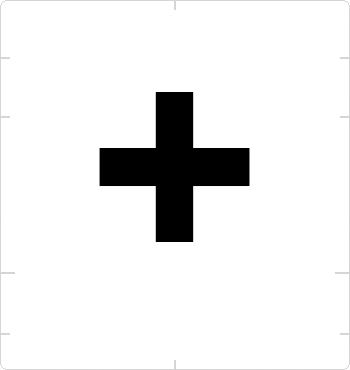
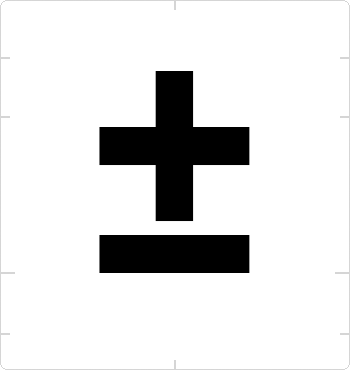

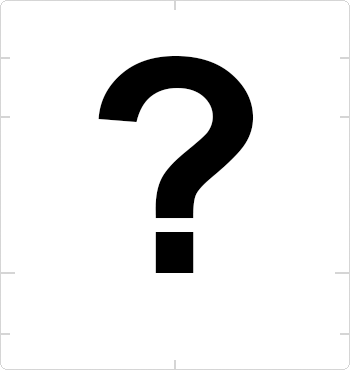
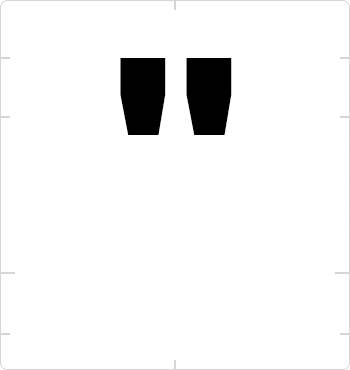
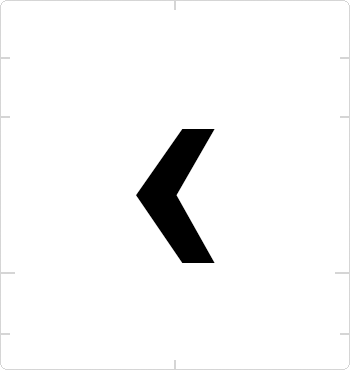
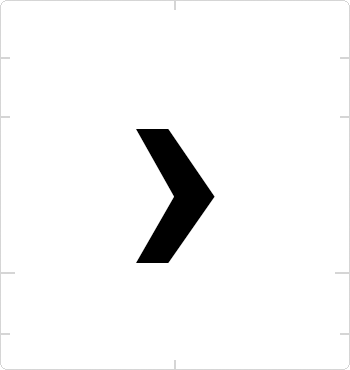
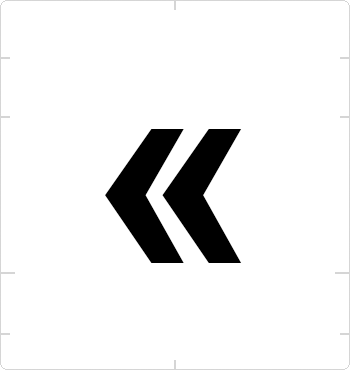
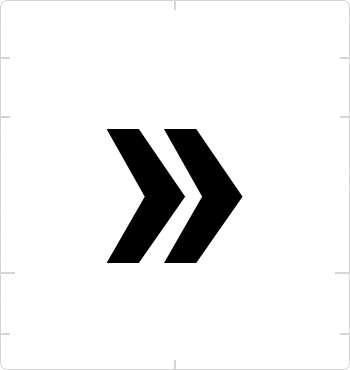
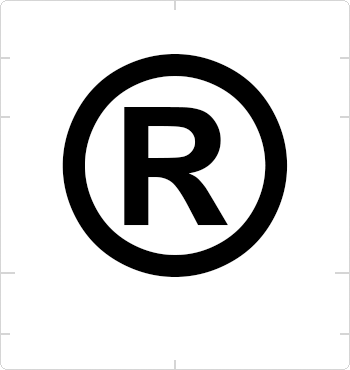


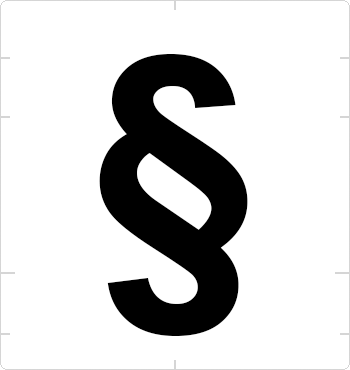
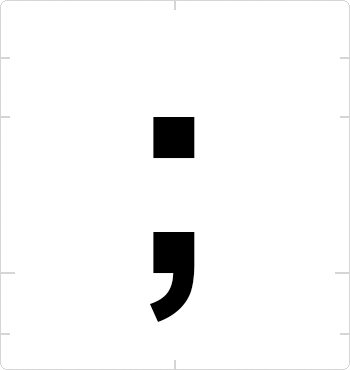
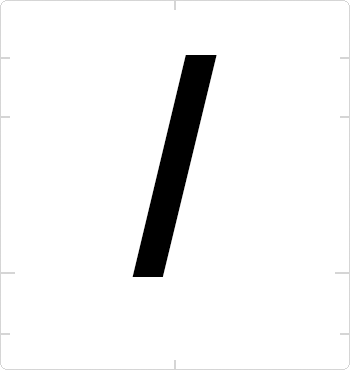
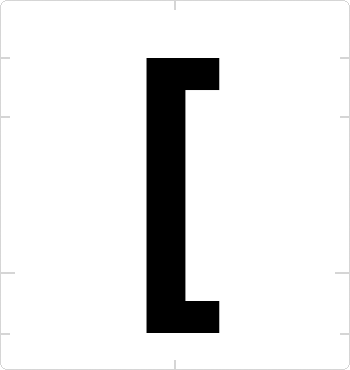
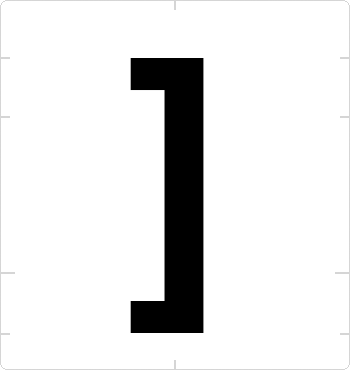
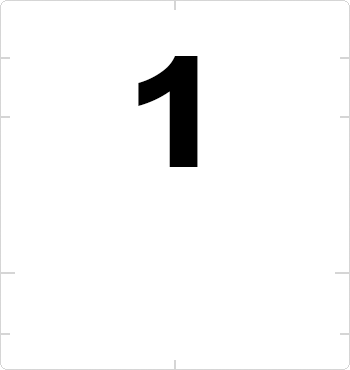
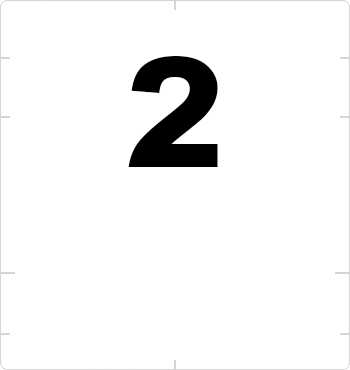
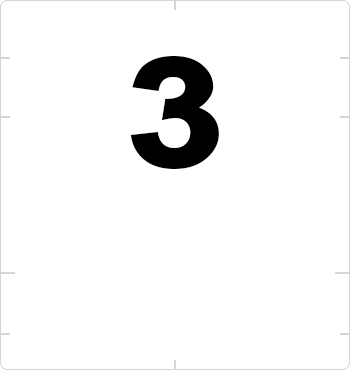
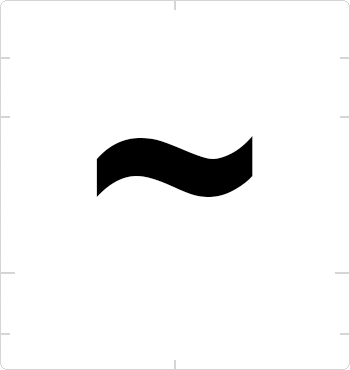
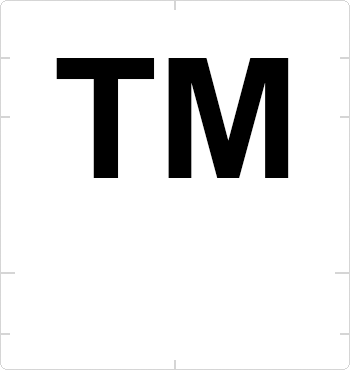
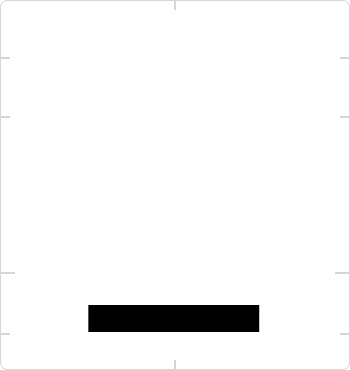
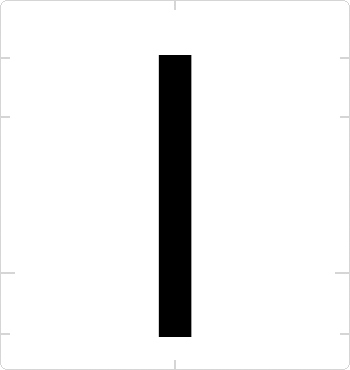
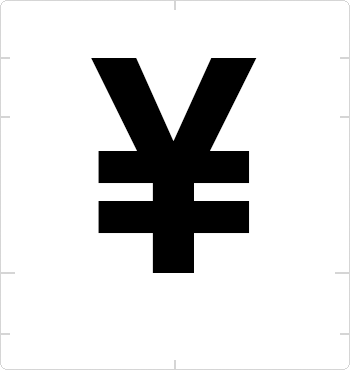
Google couldn’t tell me the meaning of a character ON ITS OWN Gboard (Google keyboard). ¥
Wikipedia couldn’t answer either.
What’s the point of a symbol if nobody knows what it means? And while I’m at it, what the F is wrong with humans right now? Lol not lol
THANK YOU
may be Tiktok can !, it means UR having problem
thank you for this usefull information
What is this mark ~
This was very informative and entertaining. It inspired the following Facebook post, if you’re interested (I dug into the history of some of the odd names a little):
This site is so fun to read – & all the comments. Lots of interesting information.
Thank you Laurens & to all the ‘reply’ contributors. I’ve learned lots of things here. For example: left & right “Javanese rerenggan symbols” which led me to even more novel climes.
With great appreciation for your passion,
…mathew
¥ is symbol of Japanese yen not Chinese!
It is actually the symbol of both the Japanese yen and the yuan, the basic unit of the renminbi which is the Chinese currency.
It is used for both
Good morning. I don’t like some of the names expressed either. Especially since I don’t have one notably.
I need to know what this means ( and )
It is an inferred “and”. Similar to the usage of “(sic)”.
Thanks for compiling all of this useful information.
Question: Is “at sign” the ONLY name for the @ symbol? I know that this symbol existed before it’s use in email addresses. Was this symbol only used to replace writing/typing such a short word as “at?”
Thanks again,
Nichole.
It is also called the address sign. The Wikipedia page discusses some other uses – https://en.wikipedia.org/wiki/At_sign
Here (Germany) it’s also called “staple monkey” or “clamp monkey” which is the humorous word for a stapler or stitcher (the device, not the profession). That name was rather common in pre-PC times when mainframes were the computers one was more likely to come across. Elsewhere (Netherlands) they call it “monkey tail”.
In Sweden it’s just as common to call it “snabel-a” as it is calling it “at”, snabel meaning an elephant’s trunk.
Some others choose to call the @ symbol “kanelbulle”, which is the Swedish word for cinnamon roll.
®and ¢ where we use these symbols and also tell me name of these symbols..
Restricted & cents, As in the number to the right of the decimal in a dollar amount.
Wow! Learned a lot… from this link
Thanks a lot……
@ give a specific name of this symbol
what is @ called
It is mentioned in the article
@ means at
How do you type θ in a keyboard??
alt-232 renders Φ
Personally, I use Autohotkey to avoid having to remember ASCII codes. My symbol for Φ is “phij” and the code is simply
::phij::Φ
Whenever I type “phij” followed by a space, Φ appears.
It’s a cool number.
Φ² = Φ + 1
1/Φ = Φ – 1
That alone is sort of freaky.
I love Autohotkey – it makes it easy to type accented characters using a QWERTY keyboard.
🙁 what mean this symbol
That is an emoticon to indicate that you are sad or angry or that you frown upon something
What is called ‘@’ this sign?
It is listed on this page.
The @ symbol indicates ‘at’.
Wow I learned alot from this. Even my father doesn’t know these symbols!!!
� how to type this symbol on keyboard
That is the replacement character. I have no idea how to type it directly.
Thankyou Very much for this nice information. I wanted to know about tilde(~) which I came to know because of you… Thanx alot….
The tilde over the ltter n sound different than n, is a more nasal sound.
What is ; called
It’s a semicolon.
It means approximately dumb ass
What is ! Called
It’s an exclamation mark!
thanks for the information
Please what is this sign ! Called. And how can I use it
that sign is called a exclamation point, now you use it when you are exited or you are writing a sentence and you want the person to read it louder. you can also use it for when you are mad and you want it to show you are mad if you make the letters CAPITAL and add ! this then you are really mad: ex, ” Sarah! i just found out that we can go to Disney!” or when you are texting, hey!!!, or when you are mad i hate you right now!, or really mad HOW DARE YOU!!!!!
that sign is called a exclamation point, ex, ” Sarah! i just found out that we can go to Disney!” or when you are texting, hey!!!, or when you are mad i hate you right now!, or really mad HOW DARE YOU!!!!!
it is used to show strong emotion, loud volume
Woah, this helped me a lot. I will bookmark this page so if I forgot this, I will review it. This is a good example for kids. I will bookmark this on my laptop.
thank ya’ll so much
Very helpful.
What is a ~ used for and why does no0 one even give a definition for this character. Android uses this character to denote something about the number of days something is used as a Notification. Example:
~ 7 notifications per day. What does that mean and why is it even telling me that when I don’t control how many per day. Is this greater or less than? Wrong character.
I know you don’t have anything to say about this, but I have to mention this. Google the information king is not the King anymore. Yep, they do not even find and ignore the ~ character if you put it in a question. What is the ~ character used for returns nothing about ~ It is ignored. Way to go Google, maybe too many foreign workers eyh?
The tilde is used to indicate ‘approximately’ or ‘around’. So ‘~ 7 notifications per day’ indicates an average of 7 notifications per day.
it means: approximately 7 notifications per day
In Spanish it is used over an “n”. For example in Spanish, Canyon is spelled Canon with a tilde over the first “n”.
Any help on how to type a mirror image N and mirror image Z, please? I cant find it anywhere!
I don’t think a proper mirrored Z exists. Here’s a fun tool to apply effects to characters: https://twiki.org/cgi-bin/view/Blog/BlogEntry201211x1
Miller’s crossing. What is the symbol between r and s called and where I can find it on my laptop?
It’s the apostrophe and on my US keyboard it is located left of the ENTER key.
what is the name of the『 and the 』 symbol?
If it is a symbol please tell me the names, i also cant type the symbols i have a windows 10, please help me on that too
I believe they are called “quine” or corner brackets, and are used to mark the edges of images. I also discovered that they are used as Quotation Marks in languages like Chinese & Japanese.
Dear Sir/Mdm, good day to you! What is the ALT code for:-
1) inverted caret sign
2) subscript of 2
Thanks and I looking forward to hearing from you soon!!
Warmest regards,
K.A.CHIA
Awesome! Thank you for this much-needed information.
I like how this shows us this and i love the people who made this, thanks.
The opening section shows an “opening single quotation mark” but links to the Apostrophe section.
The Apostrophe section describes the apostrophe as using the same symbol as the “closing single quotation mark” which is correct. However, the symbol shown is neither – it is a one-size-fits-all variant. The version in the heading of the Apostrophe section is different again, but more like the opening single quotation mark.
However, much of this summary was helpful. I learned a few things. Thank you.
Thanks for the feedback. I fixed the issue with the wrong character showing in the intro. I think the wrong character got inserted by the autocorrect function of the online spell checker I use. Opening and closing marks still need to be added to this page.
I just ran across an odd one that I have never seen before…it is on a Remington typewriter… a cent symbol [¢] but backwards. Any idea what that might be?
Thanks,
Cindy
What is the name of this group of symbols ?
!?!
That is the interrobang, which I should already have added to the list even though it is pretty obscure.
lol what is ~ ??
~ is the tilde sign, it is in the overview.
The solidus “/” seems to have undergone a change since the internet came along.
Before the internet, Microsoft DOS came along, and it uses “\” as its path separator.
It was common to say “Backslash” and make my students understand what I meant, because the “slash” was rarely used in the (at-least my own) computer world.
Then along came the internet, which of course uses the “/” as a path separator.
Now, I find each and every student asking for clarification when I say “slash”, and not just a few times, but each and every time since the internet started. They ask, “Do you mean Forward Slash or Backward Slash?”, which, until recent days, were both incorrect. But now the “Slash” is readily called the “Forward Slash”, and the “Backslash” is readily called the “Backward Slash”.
Yes, DOS, and now Windows, use the backslash “\” as the path separators, however Unix and Linux (plus others, including macOS I believe) use the forward slash “/” as the path separators.
Most web servers run Linux and so I’m assuming web browsers continued this convention of using the forward slash to denote paths.
Thanks for this – it’s bookmarked! What’s a “libra” symbol as noted in the “Almost Equal To” definition?
It is this one: ♎. Libra is a zodiac sign, normally represented by weighing scales. A balance does refer to things being equal, so in that sense I understand its use in a similar fashion to ‘Almost equal to’. I copied this from some reference page but did not find any other sources confirming this use case. That is why I now removed the reference from this page.
꧁꧂what is the name of this symbol???
Not every drawing is a symbol.
That string contains two of the ‘Javanese rerenggan’ symbols—the left (꧁) and right (꧂) versions, aptly named thus.
“𝕟𝕚𝕔𝕖” what is name of this symbol.
That is not a symbol, it is just some text set in an outline font.
I have a 2011 MacBook Pro which I ordered with a Hiragana keyboard. I prefer the Geneva font for most English work, but can’t determine how to create a ¥ glyph with it. The keyboard has a ¥ key, and it creates the ¥ glyph in other fonts. But using Geneva, that key produces a \ glyph. So does option + y.
The ¥ glyph is within Geneva, and I have a sample of it which I can paste into text. But thus far I’ve been unable to determine how to create it with my Hiragana keyboard (in roman character mode).
Does anyone know how to do it?
Thanks bunches!
WOW…. HOW NEAT. . . .
Being a typesetter. . . since….
1946 (print devil in Niagara, Wi) got to sweep floor + distribute type into case/drawers. . . .
http://gochipmunk.com/
http://gochipmunk.com/html/printdevil.html
I have ASCII charts. . . printed . . that I can’t locate when I need them.
Ur link will be mailed to 6 other typesetters… etc…
jer manona, wi. — yup! MADISON, WI. . .
Yes! Let me add my “Thanks” Laurens!As you can see I use the Ø char. frequently. Ham radio operators use that to distinguish the zero from a cap. o I keep a couple of the keyboard codes written on the bottom of my keyboard for quick access. It would be nice if the valuable tools you’ve provided could be put in a ‘printable’ form, perhaps in columns on a single sheet, front & back. Thanks again Laurens and Merry Christmas 2011 (or happy Hanukkah. as the case may be.) *<:-{ <= that's a Santa.
Floyd.
Addendum:
http://en.wikipedia.org/wiki/Bracket
The heading for Greater than is incorrect.
Fixed. Thanks for pointing out the error!
The # is also called the Octothorp
I never heard it called “Hash” until Twitter came along. Until then, it was always called a “Hash Mark”
Merriam-Webster has an interesting write-up on the octothorpe (which we spell with a terminal e): “A versatile symbol with many names (among them hash mark, number sign, and pound sign), the octothorpe has become popularized in hashtags, those words or phrases prefixed by the symbol on Twitter and other social media especially to classify or categorize the accompanying text. The octothorpe is believed to have been adopted by the telecommunications industry with the advent of touch-tone dialing in the 1960s, but it remains unknown how, exactly, the symbol got its odd name. The octo- part almost certainly refers to the eight points on the symbol, but the -thorpe bit is mysterious. One story links it to a telephone company employee who happened to burp while talking about the symbol with coworkers. Another relates it to the athlete Jim Thorpe and the campaign to restore posthumously his Olympic medals, which were taken away after it was discovered that he played baseball professionally previous to the 1912 Games. A third claims it derives from an Old English word for “village.””
https://www.merriam-webster.com/dictionary/octothorpe
What is the name for the punctuation displayed as three periods in a row:
. . .
Ellipsis! . . .
Thanks! It is apparently also called the triple-dot or suspension point. There is an interesting Wikipedia page on it.
Tilde is used in Spanish for marking the ‘en-yay’ character as used in ‘señor’. ‘Say-nyor’.
Not same as ‘n’. For example, ‘mañana’ (tomorrow) uses both ‘n’ forms.
Waoh, this is so helpful. I had assumed a lot didnt know what some of these signs mean. However, could you help tell me what the sign ’tilde’ means, I have seen it used seeverally.
Thanks/Janet
Thanks for the help!